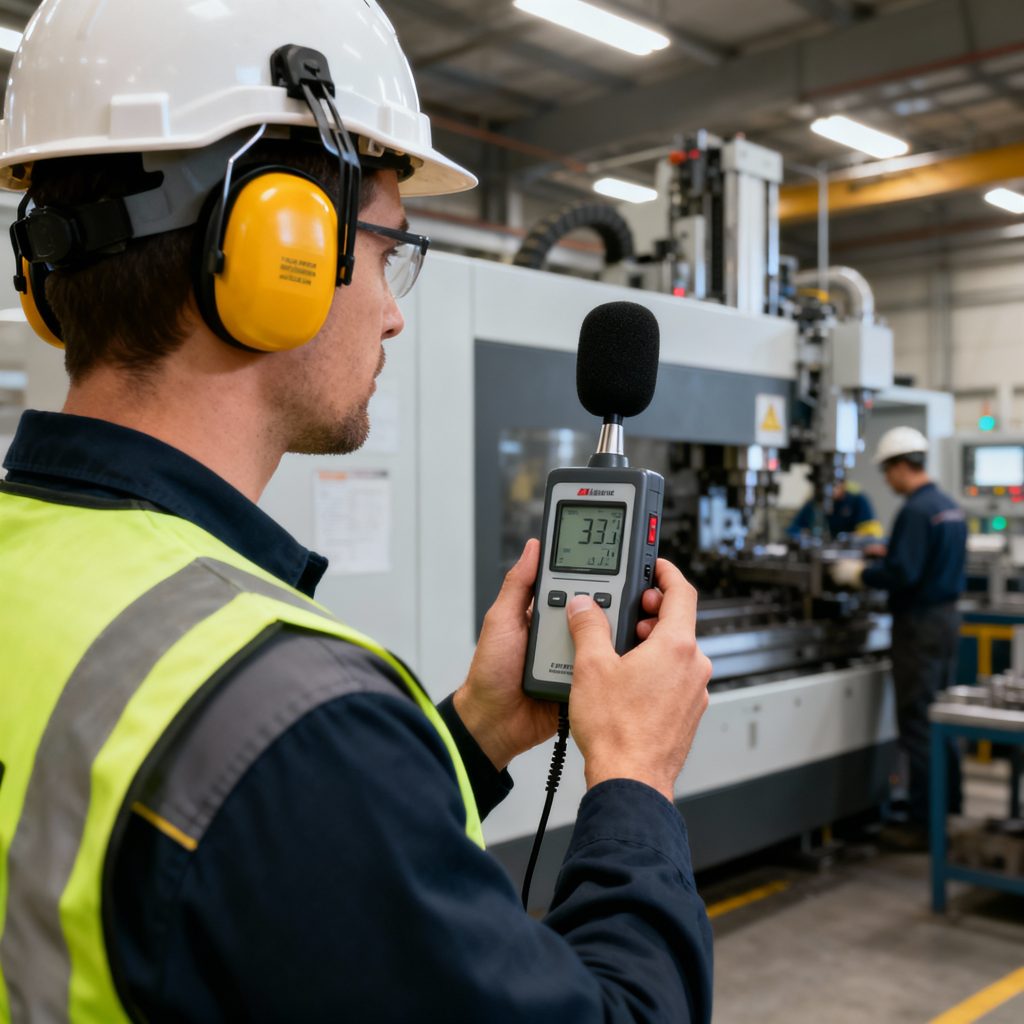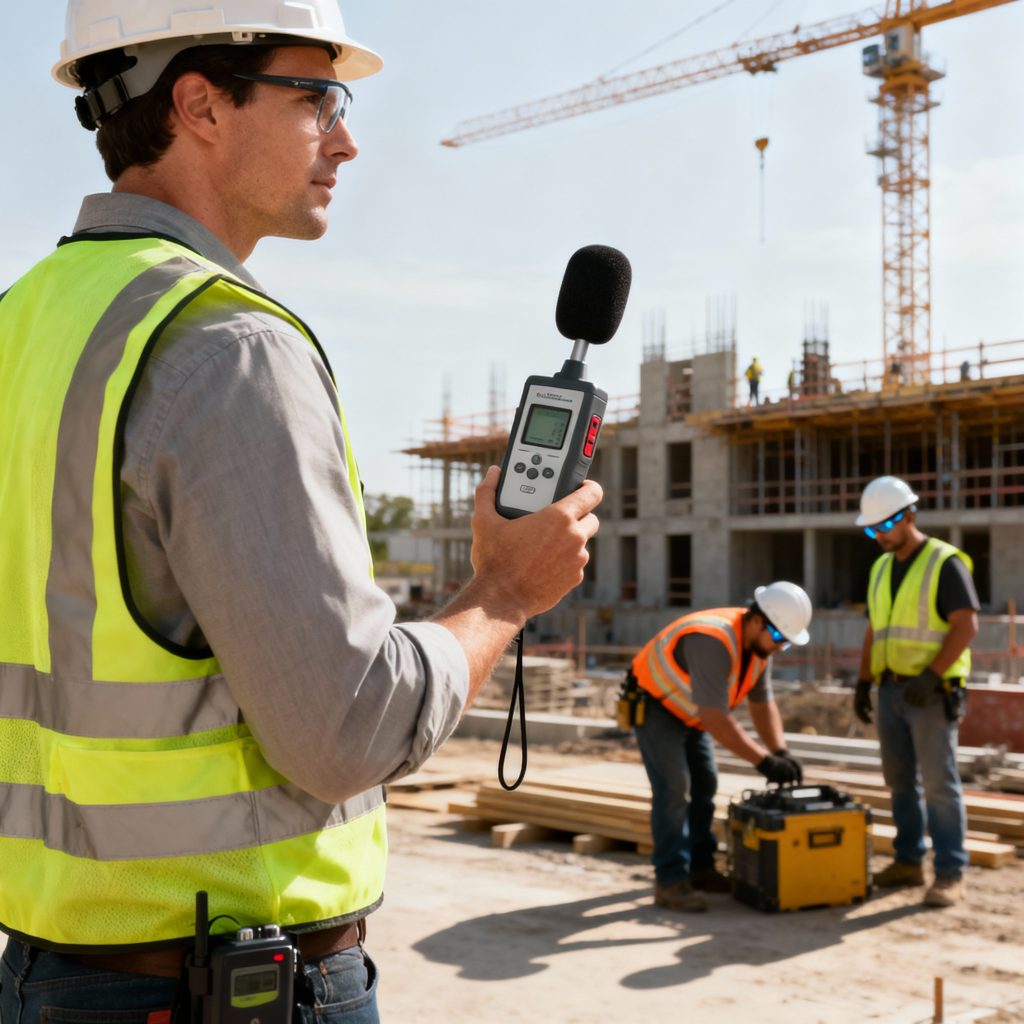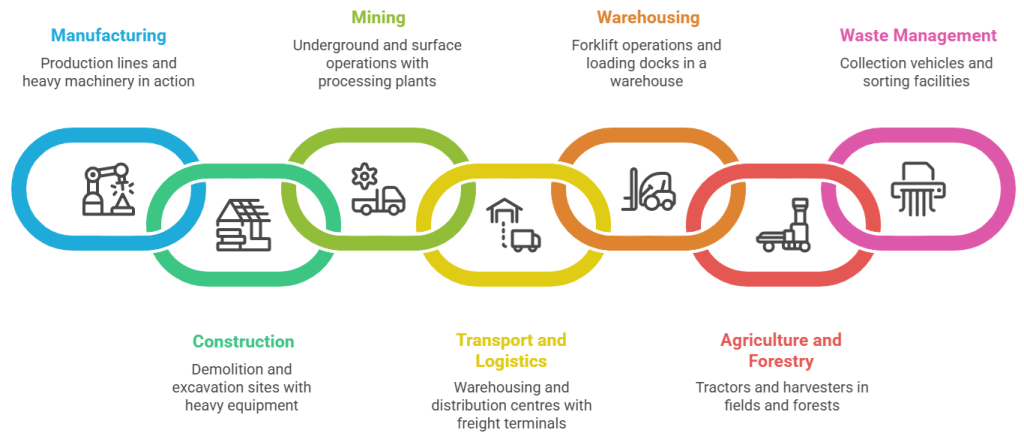A person conducting a business or undertaking (PCBU) has a legal duty to protect workers from noise-induced hearing loss. Noise exposure is one of the most common workplace hazards in industries like manufacturing, construction, and mining, and can cause permanent, irreversible damage to hearing. To effectively manage risks associated with hazardous noise and meet compliance requirements under Australian Work Health and Safety laws, businesses must:
Recent legislative changes have reinforced these obligations. From 29 July 2025, Queensland businesses must provide mandatory audiometric testing for workers who require hearing protection due to noise exceeding 85 dB(A) over an eight-hour period. Similar requirements are being adopted across other Australian states as part of updated WHS regulations.
Audiometrics and Medical Personnel delivers industry-leading noise assessment services using state-of-the-art monitoring techniques. Our assessments identify employee exposure by determining how loud the noise is and for how long workers are exposed. Each workplace noise assessment includes:


Our noise monitoring and industrial acoustic analysis services cover:
Every client receives a detailed, audit-ready report containing:

| Feature | Basic In-House Check | Audiometrics & Medical Personnel |
|---|---|---|
| Certified occupational hygienist | Rarely | Always |
| Calibrated instrumentation | Variable | Industry-leading equipment |
| Octave-band analysis | No | Yes |
| Acoustic mapping | No | Yes |
| Compliance reporting | Limited | Full Australian Standards compliance |
| Hearing protection recommendations | Generic | Specific, validated |
| Fit testing services | No | Yes |
| Integration with audiometric testing | No | Complete program support |
With over 40 years of proven experience, Audiometrics and Medical Personnel is a trusted partner for workplace noise assessment across NSW and Victoria. Our certified occupational hygienists and noise specialists:
Our noise assessment services comply with all current Australian regulations and standards, including:
• Local source controls: isolation, enclosures and maintenance
• Plant layout and acoustic screening to separate noisy processes
• Acoustic absorption and damping to reduce reverberation in warehouses and factories
• Administrative controls such as rosters, task rotation and signage to manage exposure periods
• Fit testing and ongoing training for hearing protection use
Don’t wait for regulatory penalties or preventable hearing loss. Schedule your professional workplace noise assessment with Audiometrics and Medical Personnel today.
Call 03 9819 4355 or email [email protected] for a fast quote or consultation.
Lorem ipsum dolor sit amet, consectetur adipiscing elit. Ut elit tellus, luctus nec ullamcorper mattis, pulvinar dapibus leo.

Audiometrics and Medical Personnel ATF The Trustee for KM Future Trust
03 9819 4355
Business Centre Entrance, C4, Level 1/2 Main St, Point Cook VIC 3030, Australia
30 A Verri Street, Griffith, NSW 2680